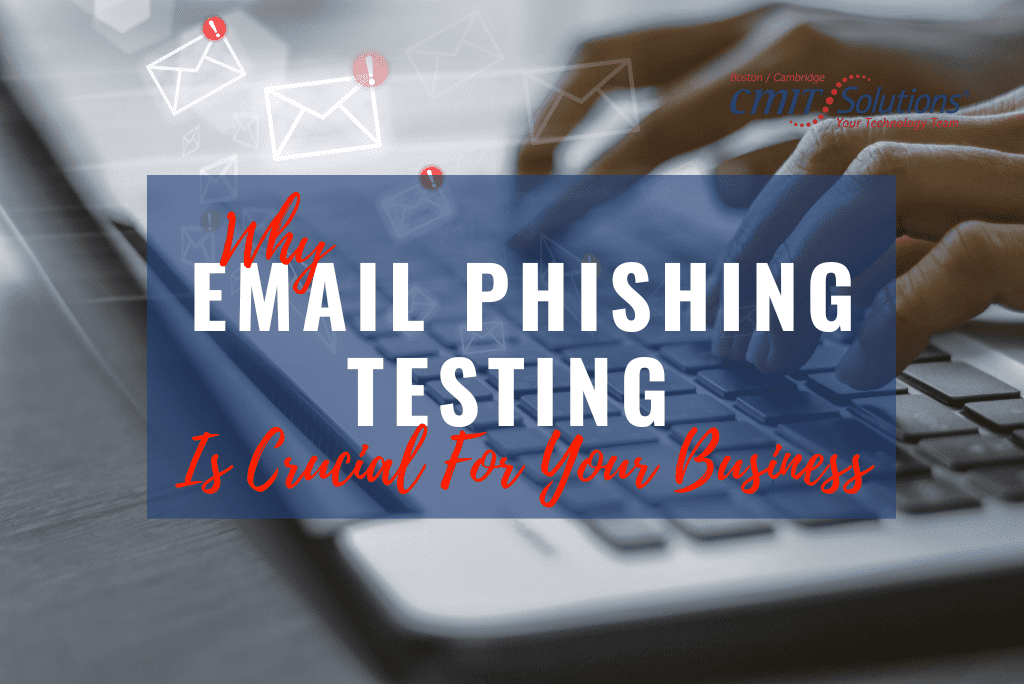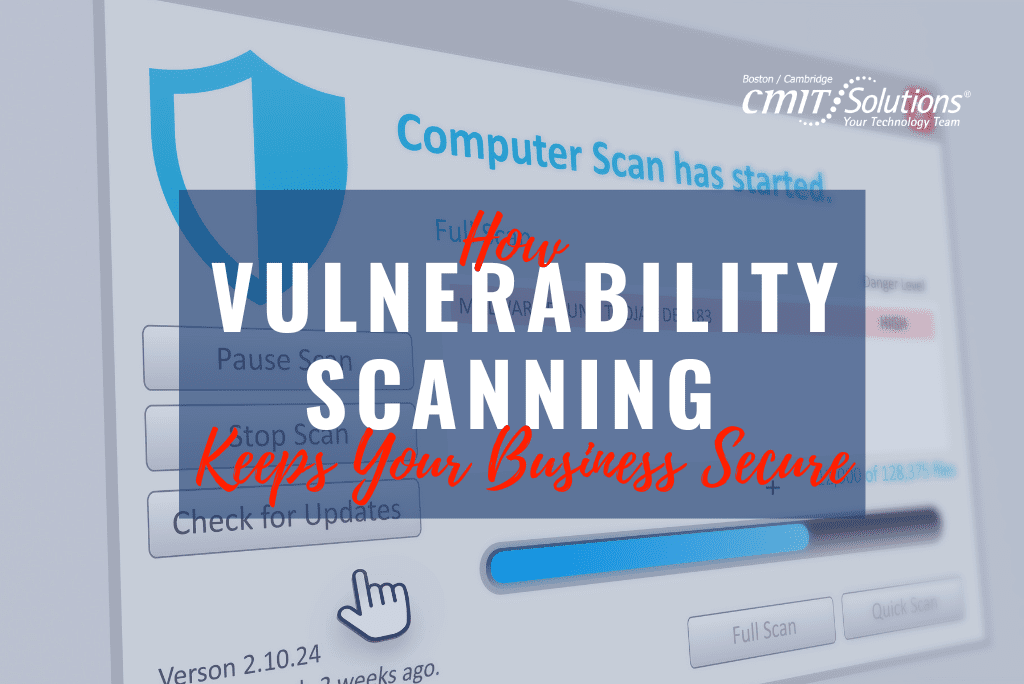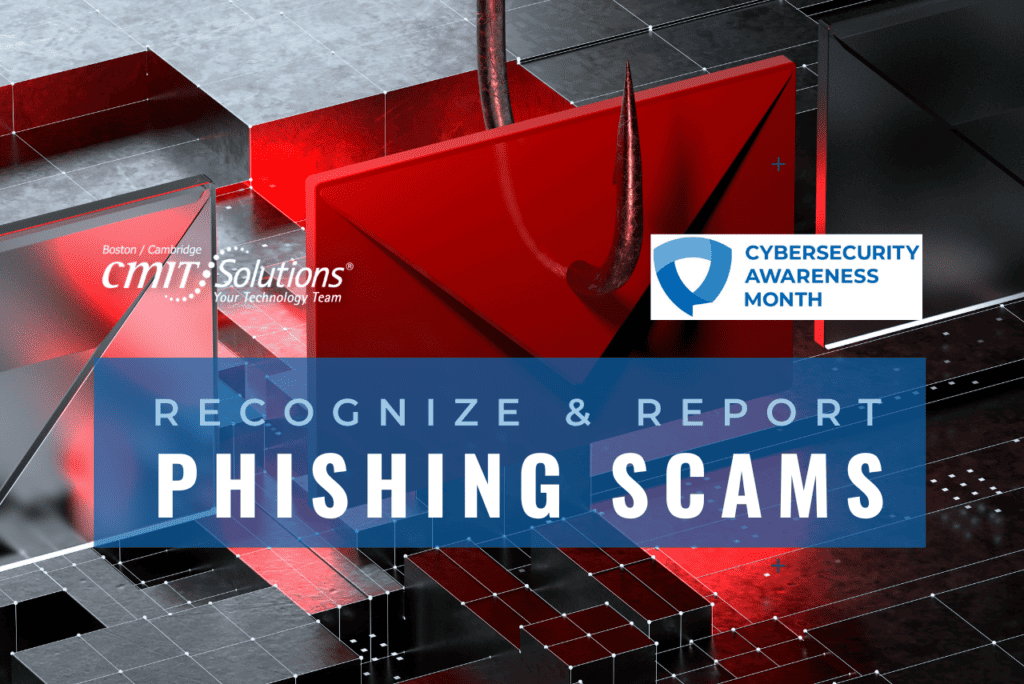Cyberattacks have become a pervasive threat to businesses of all types and sizes. One of the most common types of cyber attacks is email phishing. These attacks are designed to steal sensitive data from your organization, such as login credentials or financial information. Email phishing is usually carried out through convincing emails that appear to be sent from legitimate sources. It should come as no surprise that a whopping 93 percent of modern data breaches involve a phishing attack. To protect your business from email phishing attacks, you need to test your employees’ awareness of these threats. In this article, we will discuss email phishing testing and how it can help you protect your business.
WHAT IS EMAIL PHISHING TESTING?
Email phishing testing is a process of simulating email phishing attacks to raise employee awareness of the threat. The process typically involves sending simulated phishing emails to your employees, monitoring their responses, and providing feedback to improve their security awareness. The objective of email phishing testing is to protect your organization’s sensitive data and prevent cyber criminals from gaining access to your systems.
WHY IS IT IMPORTANT?
Email phishing testing is a crucial step in protecting your business from cyber criminals. Employees remain one of the weakest links in any organization’s cybersecurity defense because of the high volume of emails they receive and open daily, and they serve as an easy target for cyber criminals. Nearly 76 percent of all phishing attacks are targeted, making spear-phishing emails the most popular cybersecurity attack vector. Employees can, either willingly or unknowingly, divulge sensitive business data, such as usernames and passwords, credit card details or privileged information, to hackers. As such, email phishing testing increases employee’s awareness of potentially malicious emails, and makes them more vigilant and cautious when opening their emails, clicking on links, or downloading attachments.
HOW DOES IT WORK?
In general, email phishing testing involves sending targeted emails to your workforce to gauge their awareness of phishing emails. The emails are crafted to look like realistic phishing scams, but they do not contain real malware or malicious links. Your IT team will monitor the responses and provide employees with feedback about the emails they received. Employees who clicked on the suspect emails will get immediate feedback and instruction on how to spot and avoid phishing emails in the future. This helps build a culture of security within your organization and protects you from potential data loss.
FIGHT THE PHISH
Email phishing testing remains a crucial part of cybersecurity awareness within any business. The potential damage that cyberattacks can cause to your business, such as reputational loss, intellectual property theft, financial costs, and legal liabilities, is too much to ignore. The best way to tackle them is by equipping your workforce with knowledge on how to combat these threats, and this is done through regular email phishing testing. Investing in cybersecurity awareness is not an expense; it’s a smart business decision that could save you from the devastating effects of cyberattacks. Protect your business and adopt email phishing testing today!
Written by: Chris Zambuto | Chief Information Security Officer @CMITBostonCambridge






